 2007 Hyundai Veracruz Dimensions, Size & Specs
2007 Hyundai Veracruz Dimensions, Size & SpecsMeasurements of the 2007 Hyundai Veracruz, engineered for optimal performance and comfort
| Dimensions | |
|---|---|
| Length: | 4840 mm190.6 in15.9 ft |
| Width: | 1970 mm77.6 in6.5 ft |
| Height: | 1795-1805 mm70.7-71.1 in5.9-5.9 ft |
| Ground Clearance: | 205 mm8.1 in0.7 ft |
| Weight Specifications | |
| Curb Weight: | 1888-2115 kg4162-4663 lbs |
| Maximal permitted Weight: | 2560 kg5644 lbs |
| Tire Specifications | |
| Rims Sizes: |
|
| Tire Sizes: |
|
The Hyundai Veracruz, produced from 2006 to 2013, is a mid-size SUV designed to offer a comfortable and spacious driving experience. This SUV generation measures 4840 mm (190.6 inches) in length and 1970 mm (77.6 inches) in width, placing it firmly in the mid-size SUV category. The vehicle’s height varies slightly between 1795 mm (70.7 inches) and 1805 mm (71.1 inches), contributing to a balanced and commanding road presence. The Veracruz boasts a ground clearance of 205 mm (8.1 inches), which enhances its capability for light off-road driving and improves visibility on the road. Depending on the specific configuration, the curb weight ranges from 1888 kg (4166 lbs) to 2115 kg (4664 lbs), with a maximum weight rating of 2560 kg (5644 lbs), ensuring robust structural integrity and passenger protection. The SUV rides on 17- or 18-inch rims equipped with tires sized 245/65 R17 or 245/60 R18, providing a smooth and stable driving experience. Overall, the Hyundai Veracruz from this era offers a blend of size, comfort, and practicality, making it a competitive choice in the mid-size SUV segment.
Discover the standout features that make the 2007 Hyundai Veracruz a leader in its class
Have a question? Please check our knowledgebase first.
The Hyundai Veracruz, produced from 2006 to 2013, measures 4840 mm (190.6 inches) in length, 1970 mm (77.6 inches) in width, and its height ranges from 1795 mm to 1805 mm (70.7 to 71 inches). These dimensions place the Veracruz firmly in the mid-size SUV category, offering a spacious cabin and a solid road presence. The relatively wide stance provides stability, while the height ensures ample headroom for occupants. These measurements make it suitable for family or long-distance driving comfort.
The curb weight of the Hyundai Veracruz ranges from 1888 kg to 2115 kg (4164 to 4663 lbs), depending on the specific trim and equipment. This weight reflects the vehicle fully prepared for driving with all standard equipment, fluids, and a full tank of fuel but no passengers or cargo. The maximum permissible weight, which includes passengers, cargo, and optional accessories, is up to 2560 kg (5644 lbs). This weight capacity ensures the SUV can handle typical family loads while maintaining good driving dynamics and safety.
The Hyundai Veracruz offers a ride height or ground clearance of 205 mm (8.1 inches). This clearance is quite beneficial for an SUV, allowing it to handle moderately rough terrain, speed bumps, and uneven roads without scraping the underside. While the Veracruz is primarily designed for comfort and road performance rather than aggressive off-roading, this ground clearance provides confidence for driving in poor road conditions and light off-road situations like dirt trails or snowy roads.
The Hyundai Veracruz uses wheel rims sized at 17 or 18 inches, paired with tires of sizes 245/65 R17 or 245/60 R18. The 17-inch tires generally provide a softer ride and slightly better comfort over rough surfaces due to the taller sidewall, while the 18-inch tires offer improved handling and a sportier appearance but with a firmer ride. The tire width of 245 mm (9.6 inches) ensures ample grip on paved surfaces, contributing to stable and confident handling characteristics typical of modern mid-size SUVs.
With its length of 4840 mm (190.6 inches or about 4.84 meters) and width of 1970 mm (77.6 inches or about 1.97 meters), the Hyundai Veracruz can fit into most standard residential garages. Typical single-car garages are around 6 meters (about 236 inches) deep and 3 meters (about 118 inches) wide, so the Veracruz will fit lengthwise and widthwise with some room to spare. However, care should be taken when parking to allow space for opening doors, and garages with narrower widths or shorter depths may pose challenges for maneuvering this mid-size SUV.
The Hyundai Veracruz did not have a direct predecessor under the same name; it effectively positioned itself above the Hyundai Santa Fe and below the larger SUVs like the Hyundai Santa Fe XL in some markets. Dimensionally, the Veracruz is longer and wider than the Hyundai Santa Fe from the same era, offering more interior space and a third-row seating option. When compared to contemporaries like the Honda Pilot or Toyota Highlander, the Veracruz's dimensions are competitive, with a similar length and width, but its weight tends to be on the heavier side, reflecting its comfort and safety features.
The Hyundai Veracruz is designed as a three-row SUV, typically seating seven passengers with two front bucket seats, a three-seat second row, and two individual third-row seats. The generous exterior dimensions translate into spacious interior cabin room, allowing for comfortable seating even for adults in the third row. The flexible seating configuration supports family-oriented and cargo needs, making it practical for large families or those needing extra passenger space without moving to a full-size SUV.
The relatively large size and weight of the Hyundai Veracruz, with a curb weight of up to 2115 kg (4663 lbs), contribute to a driving experience that prioritizes comfort over sharp agility. The wider track and length provide stability, especially at highway speeds, but the extra mass leads to moderate fuel efficiency typical for mid-size SUVs of its time. The dimensions also influence maneuverability, requiring more space for parking and turning compared to smaller SUVs, but this tradeoff comes with enhanced interior space and ride quality.
The Hyundai Veracruz is a mid-size SUV produced from 2006 to 2013, designed primarily as a family vehicle offering ample passenger space and versatility. Its body style provides three rows of seating and a high roofline, addressing the need for comfortable long-distance driving and practical cargo carrying while maintaining an elevated driving position typical of SUVs. This generation responds to drivers who want a mix of utility, comfort, and moderate off-road capability without moving into larger or more expensive full-size SUV territory.
During its production period from 2006 to 2013, the Hyundai Veracruz competed with other mid-size SUVs like the Toyota Highlander, Honda Pilot, and Ford Edge. Compared dimensionally, the Veracruz offered competitive length and width, often providing more third-row passenger space than some rivals. While slightly heavier than some competitors, it was noted for its comfortable ride and upscale features. Its ground clearance of 205 mm (8.1 inches) also provided good versatility for light off-roading and adverse weather conditions, contributing to its strong reputation as a reliable family SUV.
Discover similar sized cars.
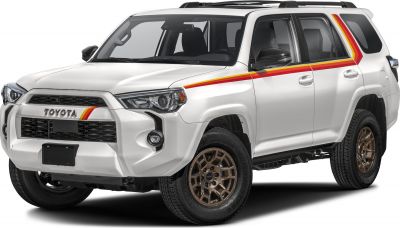
| Production: | 2013-2024 |
|---|---|
| Model Year: | 2014 |
| Length: | 4831 mm190.2 in |
| Width: | 1925 mm75.8 in |
| Height: | 1816 mm71.5 in |
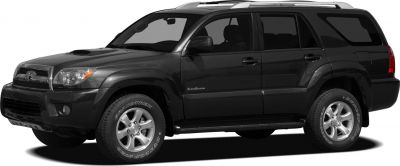
| Production: | 2005-2009 |
|---|---|
| Model Year: | 2006 |
| Length: | 4805 mm189.2 in |
| Width: | 1910 mm75.2 in |
| Height: | 1760 mm69.3 in |
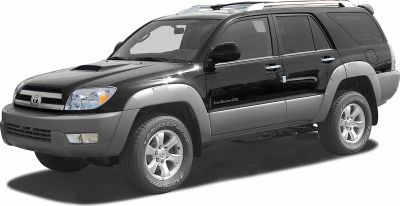
| Production: | 2002-2005 |
|---|---|
| Model Year: | 2003 |
| Length: | 4800 mm189.0 in |
| Width: | 1875 mm73.8 in |
| Height: | 1755 mm69.1 in |
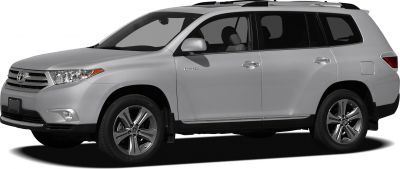
| Production: | 2007-2013 |
|---|---|
| Model Year: | 2008 |
| Length: | 4785 mm188.4 in |
| Width: | 1910 mm75.2 in |
| Height: | 1760 mm69.3 in |

| Production: | 2016-2021 |
|---|---|
| Model Year: | 2016 |
| Length: | 4810 mm189.4 in |
| Width: | 1910 mm75.2 in |
| Height: | 1770 mm69.7 in |
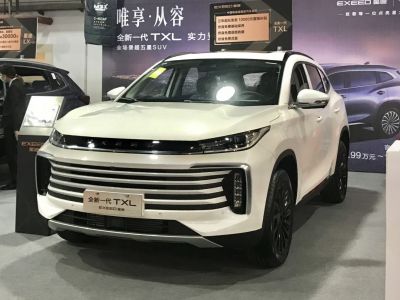
| Production: | 2021-present |
|---|---|
| Model Year: | 2021 |
| Length: | 4780 mm188.2 in |
| Width: | 1890 mm74.4 in |
| Height: | 1730 mm68.1 in |
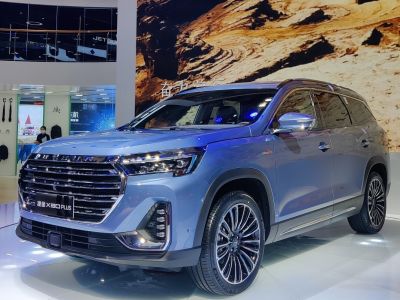
| Production: | 2021-present |
|---|---|
| Model Year: | 2021 |
| Length: | 4858 mm191.3 in |
| Width: | 1925 mm75.8 in |
| Height: | 1780 mm70.1 in |
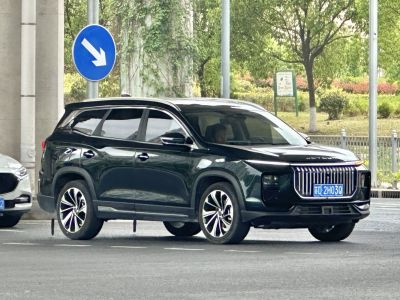
| Production: | 2024-present |
|---|---|
| Model Year: | 2024 |
| Length: | 4858 mm191.3 in |
| Width: | 1925 mm75.8 in |
| Height: | 1780 mm70.1 in |
